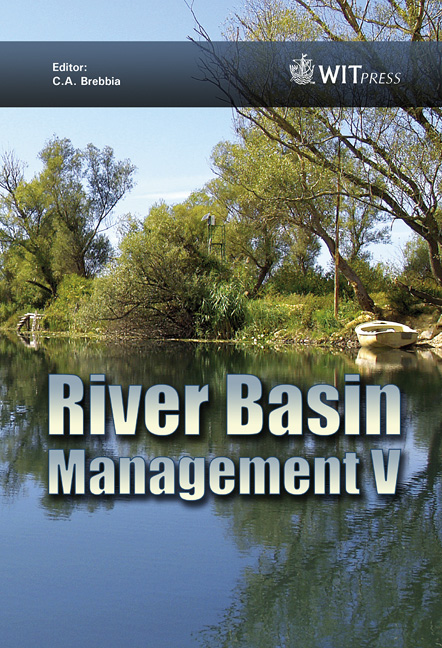The Restoration Of Some Stretches Of The Sarno River (Southern Italy): From Canalized Environment To Fluvial Corridor
Price
Free (open access)
Transaction
Volume
124
Pages
12
Page Range
293 - 304
Published
2009
Size
921 kb
Paper DOI
10.2495/RM090271
Copyright
WIT Press
Author(s)
M. G. Braioni, M. C. Villani, A. Braioni, G. Salmoiraghi, A. Locascio & G. Cannata
Abstract
The widespread urbanization of the corridor of the Sarno River has drastically modified the environment of this fluvial system. The aerial recognitions show that \“the river continuum” was replaced by a continuum of town centres developed along the course of the Sarno River and its tributaries often on both banks. The urban and industrial building areas appear as a continuum and the agricultural areas show critical conditions because they are crossed by important infrastructures, such as motorways, superhighways and railways. Nevertheless, the environment is not without a proper and certified ecological value as the fluvial corridor is partly included in the SIC IT 8040021 Monti Picentini and in the Sarno River Regional Park. In order to present an effective set of planning, management and projecting proposals consistent with the present condition an integrated evaluation of the \“river fluvial corridor” system in line with the EU 2000/60 Directive was carried out. The state of the art was analysed in detail within five stretches by applying the complex Indices and the Model for the integrated, multidisciplinary evaluations of the \“River Sarno fluvial corridor” system. The results obtained have pointed out at various levels the environmental critical hazards, and the various scenarios for removing these critical impacts; the positive and negative actions are explained by the procedural/action abacus. Keywords: river fluvial corridor system, integrated multidisciplinary evaluation model, ecological – landscape indices, procedural/action abacus, restoration.
Keywords
river fluvial corridor system, integrated multidisciplinary evaluationmodel, ecological – landscape indices, procedural/action abacus, restoration





